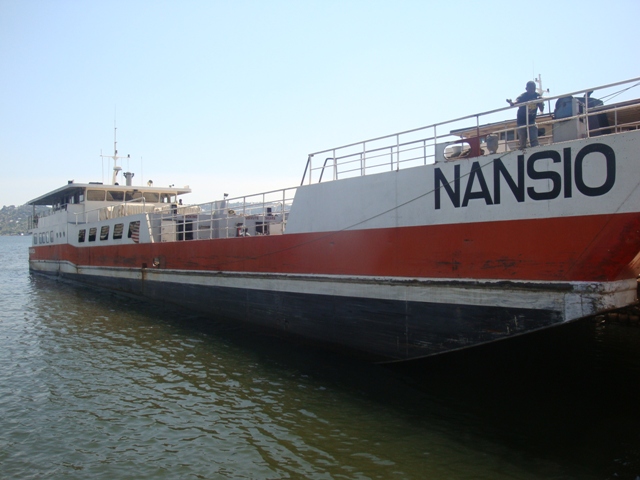komora096
JF-Expert Member
- Sep 26, 2018
- 20,548
- 5,646
Acha uongo mkuu,majiji 3 ambayo ukikaa mwaka ukijaenda utakuta yamebadilika kwa kasi ya ujenzi ni Dar,Arusha na Dodoma tuu
Ishu ya Dom kuipita Arusha sio ajabu hata Mwanza itapitwa tuu the same year maana sioni kipya huko Mwanza zaidi ya kuongoza kwa umaskini kila takwimu



 naona umeamua kuwapiga za uso
naona umeamua kuwapiga za usoSent using Jamii Forums mobile app





